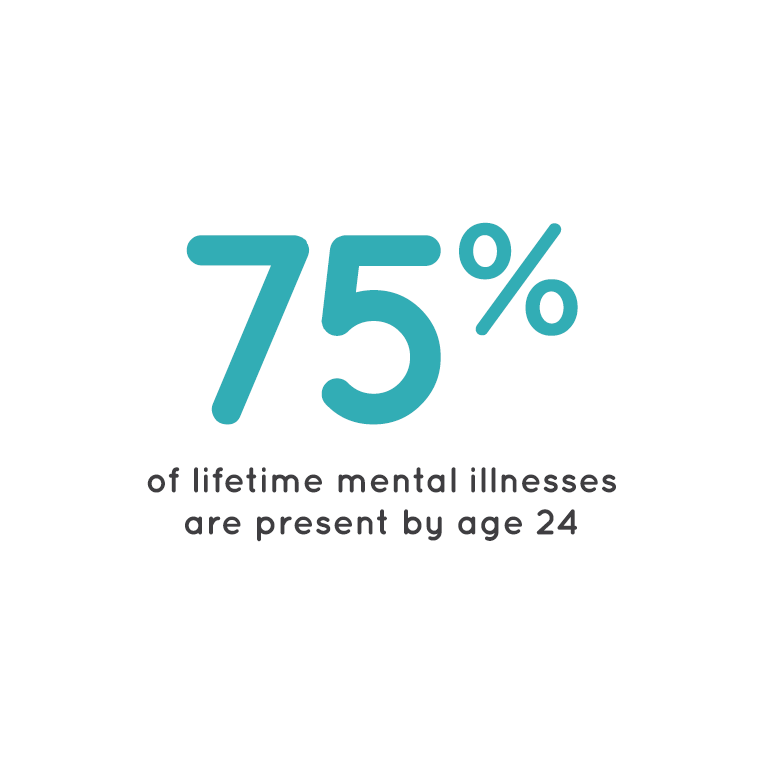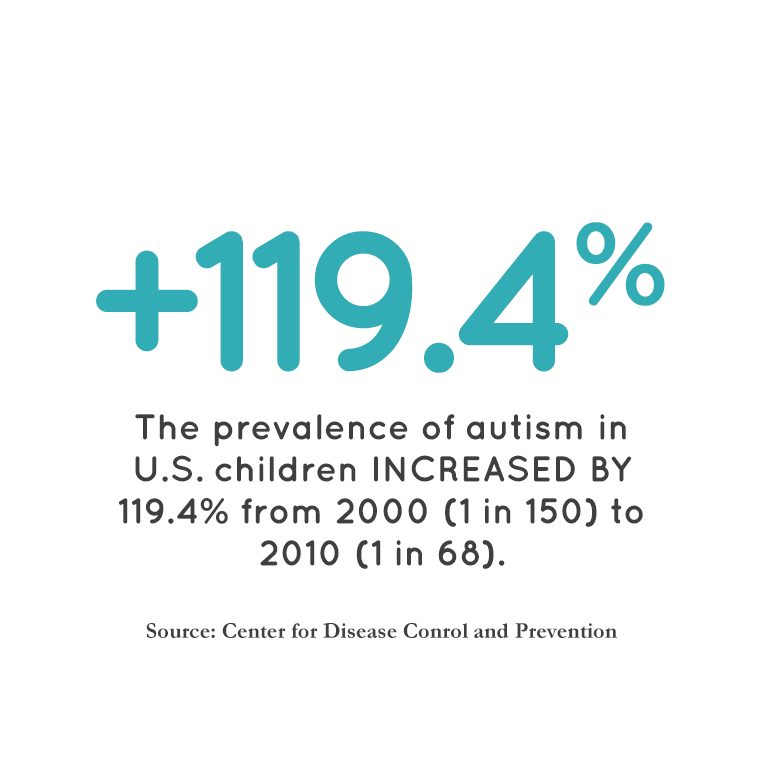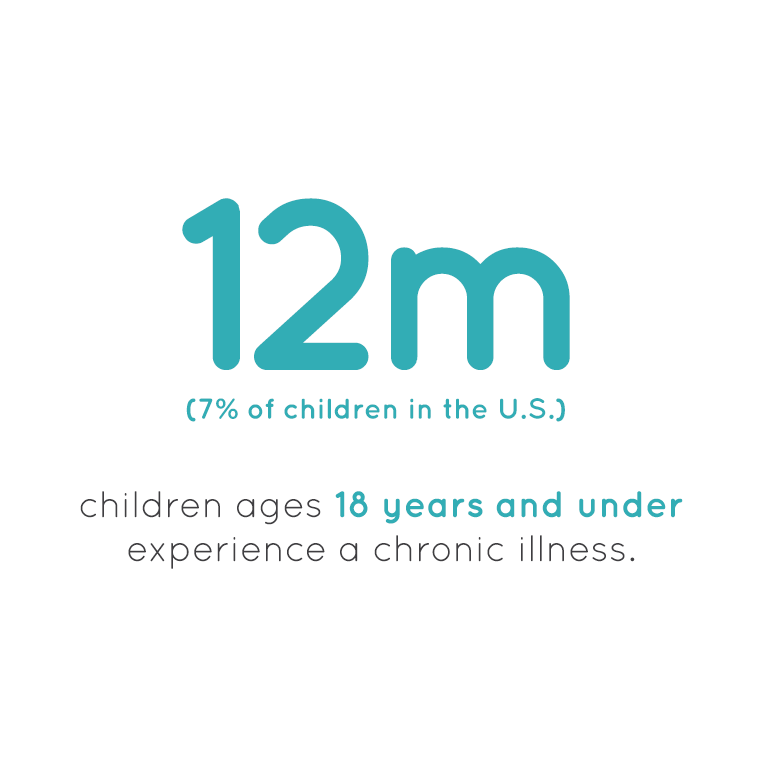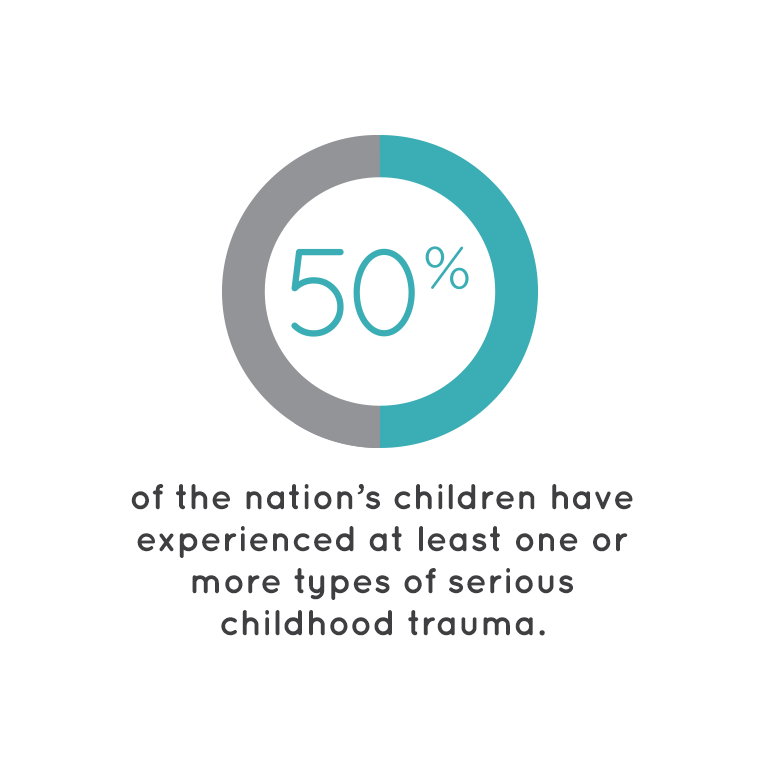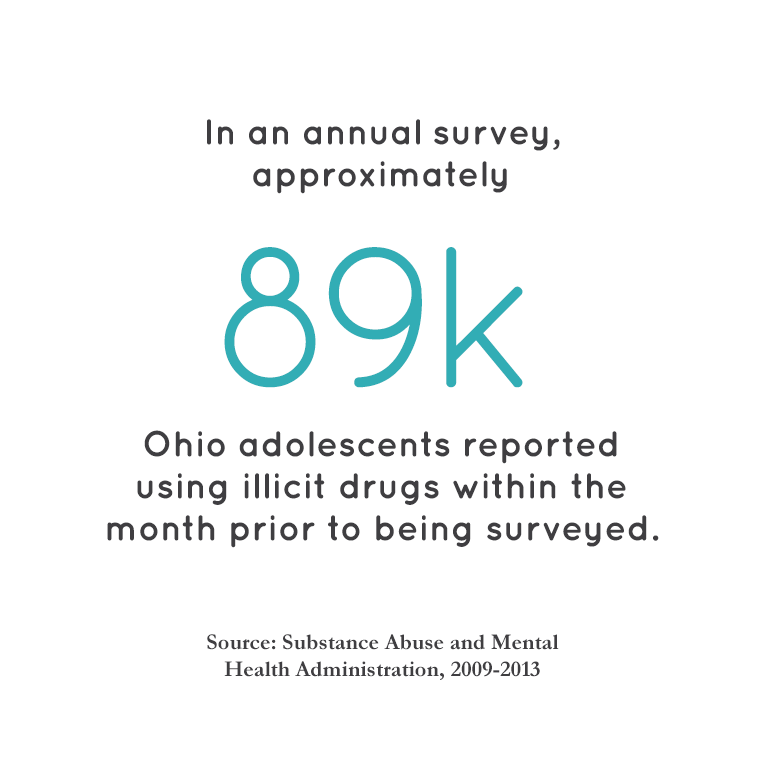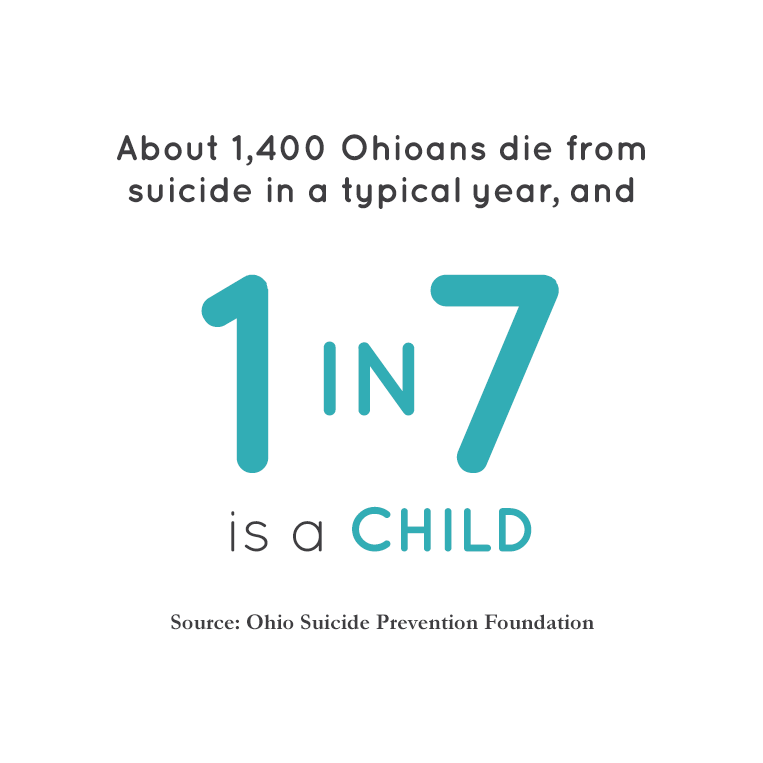It may be easier to acknowledge a son or daughter has diabetes than reveal a psychiatric disorder. Despite more worldwide awareness about mental illness, a psychiatric diagnosis can come with stigma. And though physical illnesses can often be pinpointed to a certain cause, the causes of mental illness typically are murky, a blend of inherited traits, life experience and disposition.
In children, mental illness can be more challenging to diagnose and treat because as their brains develop, their behavior and mood problems often change. What may appear to be an attention problem at age five may, by adolescence, turn into a diagnosis of bipolar disorder, which comes with severe mood shifts from elation or intense agitation to depression and back again.
Sometimes a child has no history of depression or anxiety in his family, but is consistently defiant and aggressive due to parents who offer little warmth or affection or don’t set sufficient limits. Regardless of the cause of a child or adolescent’s behavioral problem, recovery can and does happen.
